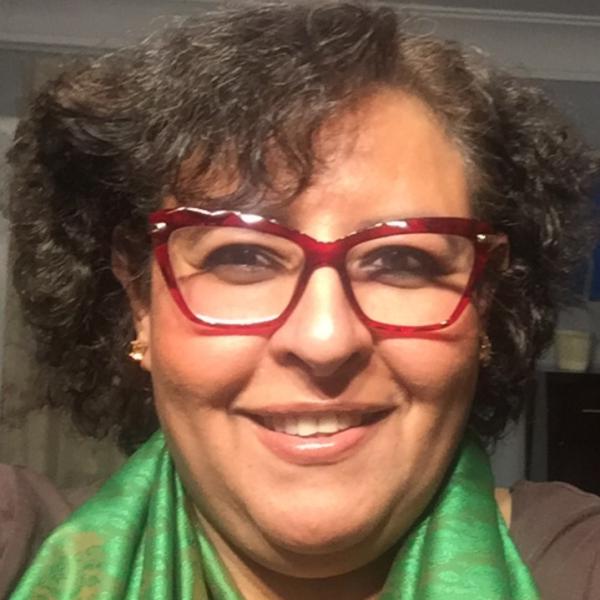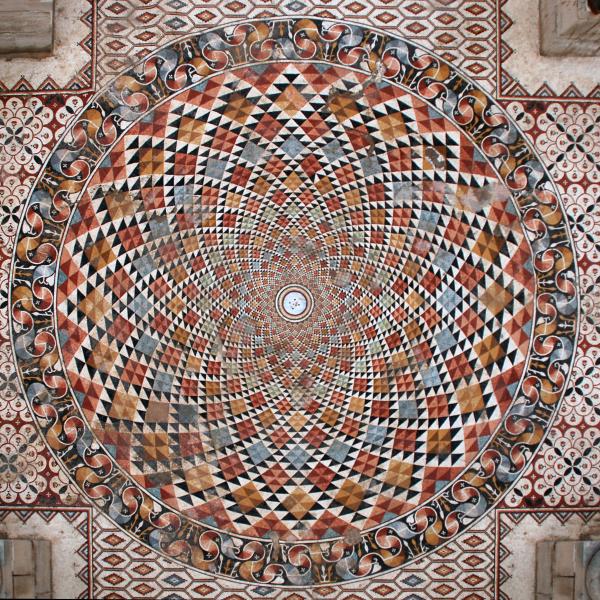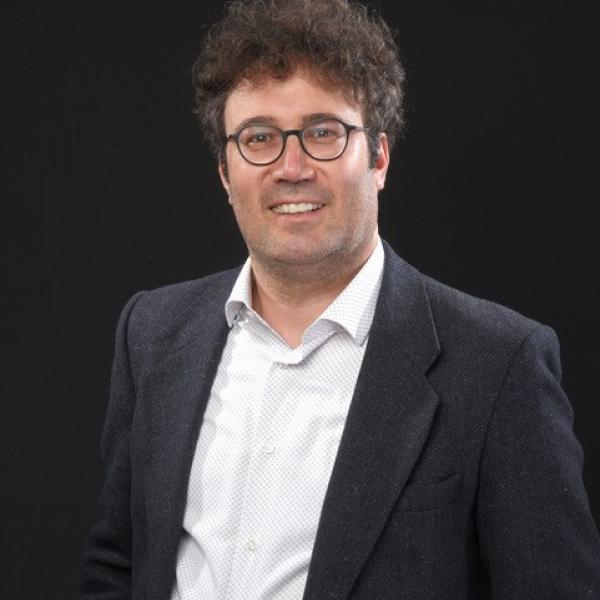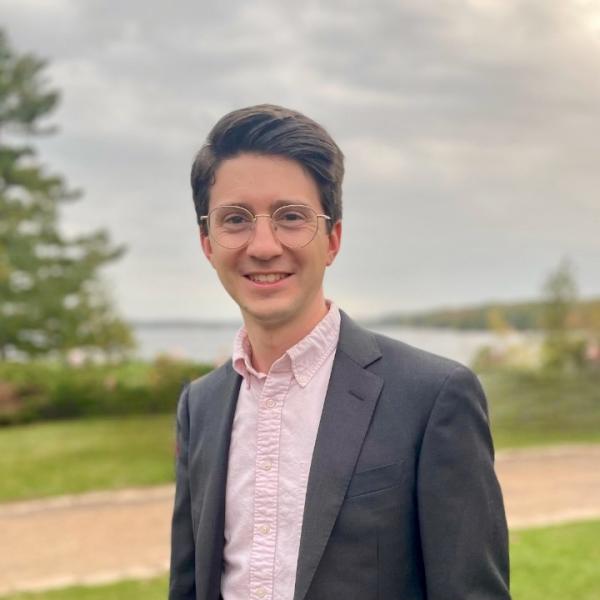Arabs have a reputation for being a bit obsessive about their language. A few years ago, an Egyptian rock band was shamed by their fans for some mistakes in case endings in a song that used the formal language, forcing the band to reissue a “clean” version. The story starts before the 7th century, before Islam, with the annual poetry competition at Mecca. The best poems from the tribes would be embroidered in gold and hung on the Ka’ba, the “house of God” in the town square. Apocryphal or not, this anecdote is in keeping with the ancient Arab reverence for beautiful or clever language. Islam was birthed in this “lexiphilic” environment, so, it was fitting that its first revealed word, would be “Iqra!”, a command to “Read/Recite!”. In the Arabian Nights, it was her beautiful use of language to conjure her tales that saved Shahrazad’s very life. For an Arab, music without lyrics is called “silent music”, waiting for words to fully animate it. No joke is as revered among Arabs as one that depends on word play.
Arabic has been taught at the University of Chicago since 1893. However, and unsurprisingly, the methods used to teach it today, the goals of students studying it, and even the type of Arabic taught would boggle the mind of the nineteenth century student. The official language in 22 countries, with more than 400 million speakers, Arabic is also one of the six official languages of the United Nations, and a sacred language for the world’s 1.25 billion Muslims. All of this is true, but does not convey the more interesting aspects of the language nor the astonishing breadth of the life it has led since its “moment” in the seventh century when it broke out from the Arabian Peninsula to become the language of a vast empire and intellectual project.
Like the proverbial elephant among the blind men, the Arabic language is many things to many people:
- Arabic’s history as a vehicle for a global secular scholarship While its reputation is often tied to its being the liturgical language for Muslims, Arabic has equally been a vehicle for the transmission of the vast legacy of secular knowledge, whether in Abbasid Baghdad of the 7th to 9th centuries, the world’s largest city at that time, when Arabic translations and commentaries on Greek philosophical and scientific knowledge likely saved that knowledge, or in Islamic Spain where it was for centuries the lingua franca of educated people of all three religions, Jewish, Christian, and Muslim.
- Both Sacred and Profane. It is often romanticized, especially by Arabs themselves, as a language most suited for lofty expression: poetry, the Quran, rhetoric, and was often taught in the west, like dead Latin, within Classical Studies programs. Yet, it has always been the language through which Arabs conduct their more profane and earthly affairs.
- Arabic as the language of new knowledge in the middle ages. Much as English has become a “lingua franca” for most of the world today, Arabic played this role for centuries. From the mid-8th century to the end of the 12th, to be an educated person living between the Atlantic Ocean in the west to the Indian Ocean in the east, and from the Andalusian lands in the northern Mediterranean, one would have been writing and reading in Arabic. Maimonides wrote “The Guide for the Perplexed” in Arabic. Vestiges of this period are found in the Arabic words in Sicilian, Spanish, Persian, Turkish, Kurdish, Urdu, Swahili, etc., as well as in the many loan words from these languages into Arabic.
- Classical and Modern. It is a language that is alive in both its classical, written form, as well as in its spoken dialects which continue to grow and adapt. It forks out into four broad spoken dialects and a dizzying variety of subdialects. It represents, therefore, a coup for the linguist interested in acute diglossia, while representing a perennial challenge for the teacher of students who want both to read and speak.
- Arabic as a language for a young population. Arabic may be an ancient language, but it is also a modern language whose native speakers are mostly under the age of 25, each of them seemingly eager to run with it in new directions, with the help of social media. They are often eager to simplify the written language, to write in dialect, and to embrace new forms of expression, from science fiction to graphic novels to blogs.
A key moment in the development of Arabic occurred between the early 19thC and mid-20th C, during what is called the Arab Nahda or renaissance. Economic, military, cultural, and scientific hegemony had clearly shifted across the Mediterranean to Europe, such that by the late 18th century, but particularly between the mid-19th to early 20thcenturies, the Arab leaders and intellectuals, particularly in Egypt and Syria, engaged in a broad cultural introspection which echoed in the realm of the Arabic language. This cultural moment, the Nahda, concomitant with colonialism, not only led to literary experimentation, but bore directly on the Arabic language. Modernizing leaders, like Egypt’s Muhammed Ali Pasha (ruled 1801-1848) were keen on modernizing their states and armies, and to this end, proceeded to send students to study in Europe. As new ideas and methods (military, economic, scientific, literary) were discovered by Arab students in Europe, new terms had to be coined in Arabic to refer to these new concepts. How should we render into Arabic words such as “theater”, “stage”, “play”, “constitution”, “citizen”? This is the period of the printing press, modern dictionaries and encyclopedias, literary salons, poetic experimentation, and of a feverish translation movement from European languages into Arabic.
This was also the period of the rise of photography and film, which spread in the cities of Beirut and Cairo nearly concomitantly with their spread in Paris. Now Arabs had a new medium for their various dialects. Egypt’s pioneering role in cinema (with a “golden age” in the 1940s, 50s and 60s, Egypt was the third largest film industry in the world in the 1950s, setting the tone for much of Arab films up to the 1980s), television, and radio meant that Egypt’s dialect was broadcast throughout the Arab countries. Today’s Arab cinematic scene has reached international levels, through excellent Palestinian, Lebanese, Tunisian, and Jordanian films.
Arabic Beyond the Classroom
MES, the CMES, the University of Chicago, Hyde Park, and the City of Chicago offer a rich arena for students of Arabic to immerse themselves in the language and culture. Some of the choices:
On Campus:
- The weekly Arabic Circle: a venerable (over 35 years old) but casual gathering of students and others to listen to a light lecture in Arabic, followed by a Q & A;
- Weekly conversation tables: one in MSA, the other in a dialect;
- Arabic Film Club;
- Majalla, the student-created and student-run magazine for student writing in Arabic;
- Mudakhala!, the University of Chicago’s undergraduate Arabic debate team;
- Friday Lecture Series of the CMES, many of whose lectures by guest scholars deal with Arabic culture, history, or language
Off Campus:
- The annual Chicago Palestine Film Festival: every April
- The Old Town School of Folk Music (frequent guest artists from the Arab countries)
- Silk Road Rising theater (frequent works by Arab playwrights)
Volunteering Opportunities:
- College students have often volunteered to work with new Arabic-speaking refugee families living in Hyde Park, using their Arabic while offering a variety of daily life skills to the new immigrants.
The Arabic Language Program
Arabic can be looked at as really 3 types of language: a classical one, a closely related modern written, formal one, and a legion of spoken varieties that fall into four broad groups: Levantine (in Syria, Jordan, Lebanon, and Palestine), Egyptian (in Egypt and North Sudan), North African or Maghribi (in Libya, Tunisia, Algeria, and Morocco), and Gulf Arabic. Depending on many factors, these 4 spoken versions of spoken Arabic can be mutually comprehensible or very opaque. Students can study Classical Arabic, which means the written language used in classical texts; but this language is also a very oral one due to the ubiquity of Qur’an recordings in public spaces. They can study Modern Standard Arabic, that child of the Nahda, which is the written language of modern texts, including newspapers, academic texts and schoolbooks, cookbooks, instruction manuals, etc. But this language is also used orally to conduct more formal contexts such as news broadcasts, to deliver papers at academic conferences, to interview a scholar, political speeches, religious sermons, national anthems, etc. And finally, they can study a dialect, historically either Levantine or Egyptian colloquial.
Some students study Arabic for communicative reasons, while others see it as a research language. Our curricula immerse students in overtly functional goals especially in the first two years of study. They can also study a dialect in a concerted way. However, the skills necessary for using the language at more advanced levels are also built into those curricula, and can be augmented with stand alone courses in advanced readings, syntax, etc.
The Arabic program is keen to respond to student needs and offer courses that meet those needs. Our ultimate hope is the hope of every language program: that students learn to do things with the language they study, and that through this engagement, they become more connected to more of their fellow humans and more interested in the world.






